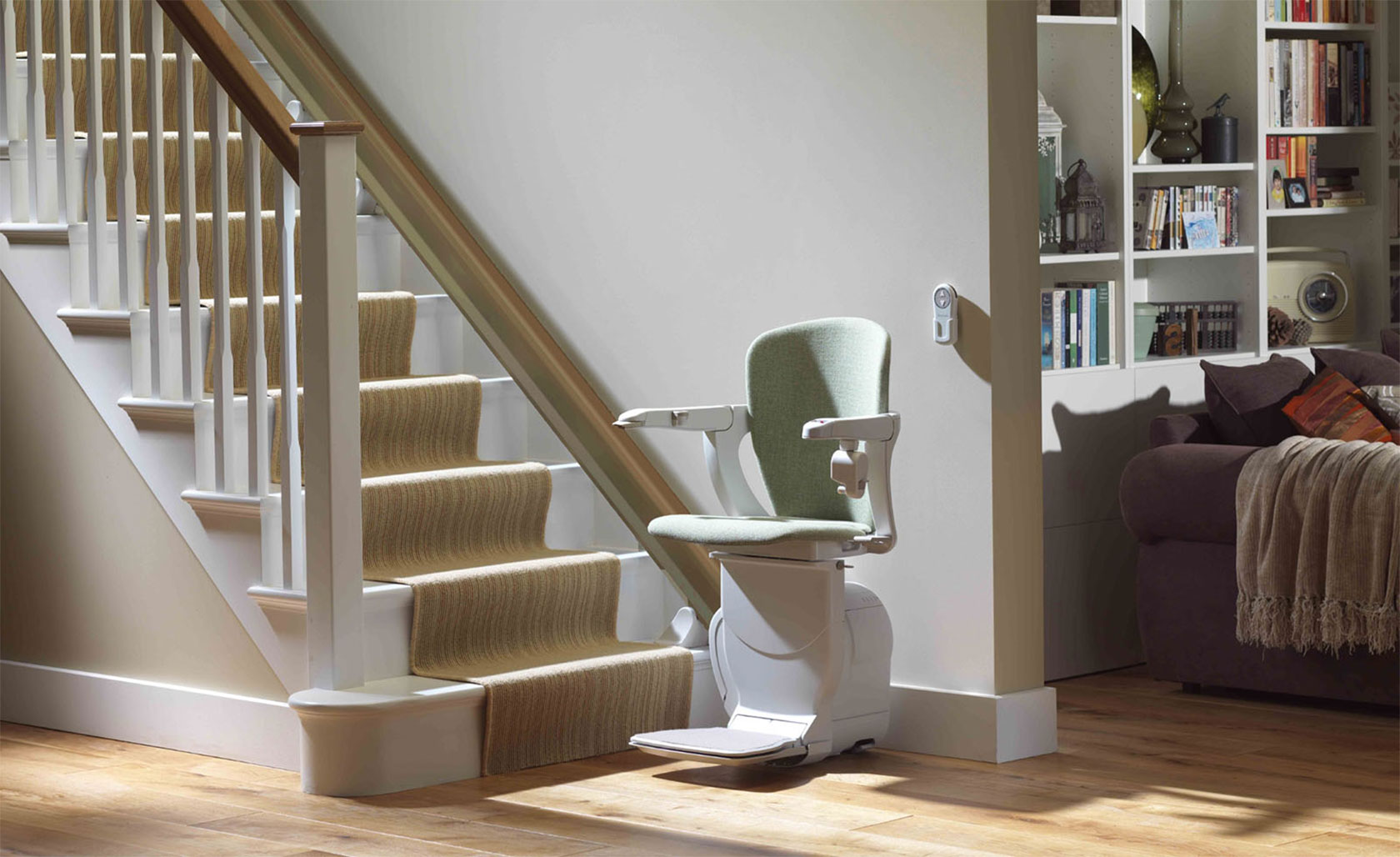A stair lift is a mechanical elevating device that allows you to travel between floors while seated. Unlike a house lift or a stair-climbing aid, a stair lift moves you along the staircase on railings that are attached to the staircase’s floor. There are three main components to consider when it comes to stair lifts: the chair, rail, and finish. Straight stair lifts and curved stair lifts are the two most common types of stair lifts, with the latter usually being custom-designed to match your staircase (and therefore more expensive).
The lift travels between floors at a rate of roughly 0.15 meters per second. Therefore the journey between levels normally takes a few minutes. Here are some tips to consider before purchasing a stair lift:
Location
Examine the location and surroundings where your stair lift will be used. Do you require assistance entering and exiting your home, as well as assistance utilizing the stairs within your home? Indoor stair lifts are available, as well as outdoor stair lifts that can endure the elements. Make sure you pick the right one.
What Type Of Staircase Do You Have?
Stairs can be built in a variety of ways. Some are straightforward and devoid of obstacles. Other stairways may have landings or curves. Examine your stairwell and use the information below to figure out which stair lift is right for you.
- Straight Stairs: A straight stair lift is ideal if you have an unobstructed, straight stairway inside your home. These are the simplest and most affordable lifts available.
- Curved Stairs/Landings: Stair lifts designed specifically for continuous stairways that curve or have a landing are required. Because each stairway is unique, these lifts necessitate special rail construction to accommodate the stairs. In addition, these elevators are frequently more expensive due to their customized nature.
Durability
Stair lifts are available in a variety of sizes and lifting capacities. A regular stair lift can support up to 300 pounds, while a heavy-duty lift can support up to 750 pounds and has a broader seat. A 36-inch stairway width is also required for a heavy-duty lift. Make careful to assess the needs your stair lift project addresses and install a unit that is the right size.
Safety Features
Learn about the safety features that come standard with your stair lift. It is critical for the rider’s safety to understand how to use them appropriately.
- Seat Belts: Seat belts are a critical safety element that comes standard on all new stairlifts. The proper application of the seat belt is critical to the safe operation of the stair lift.
- Safety Switch: This determines if the seat is in the necessary position for the stair lift to operate; if the seat is not in the correct position, the stair lift will not move.
- Safety Sensors: If the stair lift collides with an object, a pet, or a person on the stairwell, the device will stop.
Installation & Service
You should undoubtedly call a professional to help with your stair lift installation. This guarantees that the stair lift is properly installed and that your home is not disrupted. We also provide stair lift maintenance and service plans to ensure that your stair lift runs well for many years.
These tips should help you decide which stairlift elevator is right for you while determining the best configuration for your specific needs and requirements.






Dumbwaiters are very convenient lifts that would help you transfer goods to other floors of the building without actually having to move up and down the stairs. You can install a dumbwaiter lift for home if you have someone living in the upper floors of the house.
In Qatar, Comfort Elevators & Escalators provides professional dumbwaiter installation services. To meet your needs, we offer specialized solutions for dependable and effective dumbwaiter systems.
https://comfortelevators.com/platform-lifts-and-dumbwaiters-qatar/